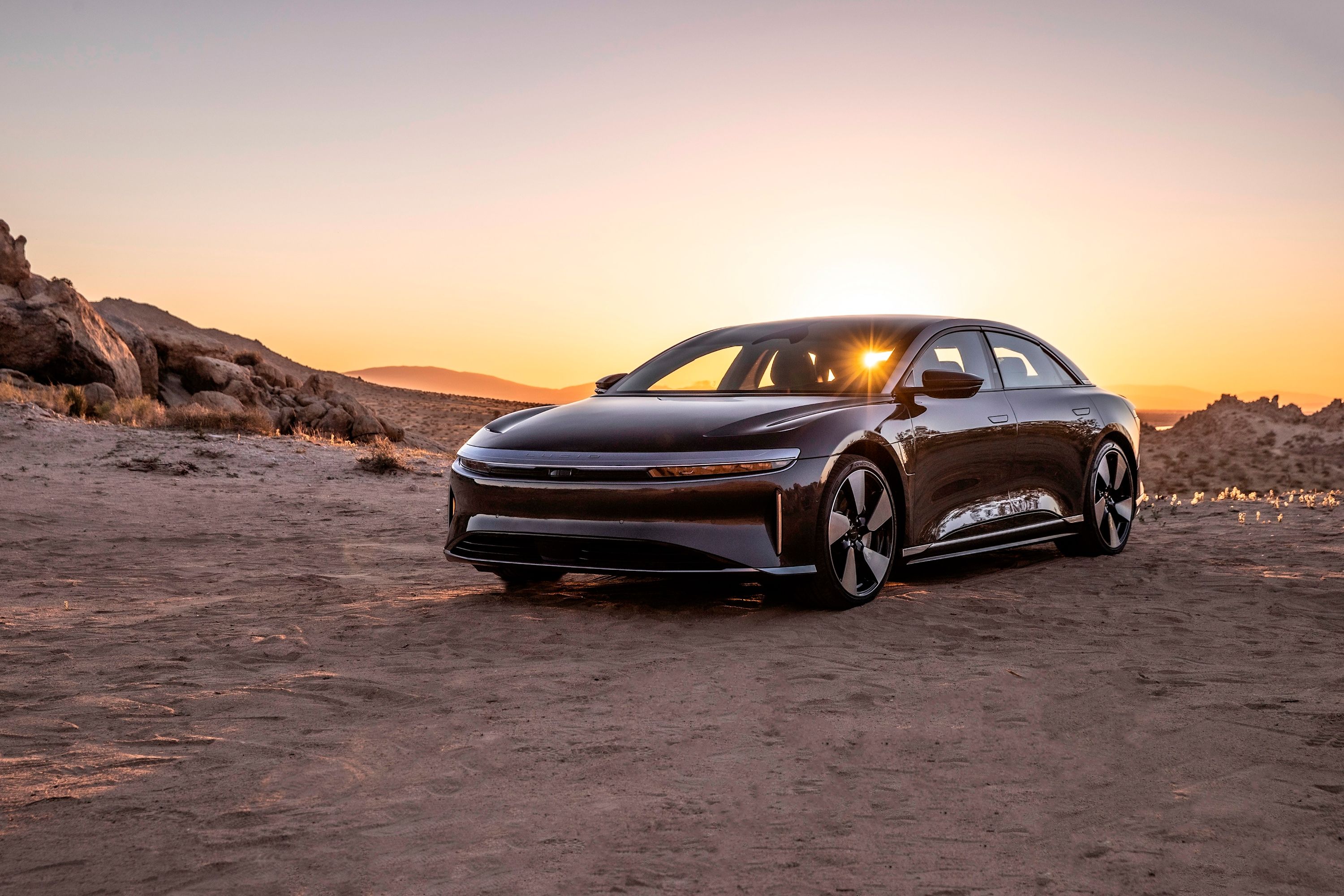
As electric vehicles become increasingly mainstream, the technology under the skin of these silent commuters is constantly improving. Take the elegantly styled Lucid Air, for instance. With a range of up 520 miles, it is streaks ahead of EVs from years gone by - but there's always room for improvement.
A team at the University of Michigan has shown how a network of nanofibers, fashioned out of recycled Kevlar, can allow lithium-sulfur batteries to overcome issues surrounding cycle life, such as the number of times it can be charged and discharged.
The 204-year-old Ann Arbor institution claims the biologically inspired battery membrane has "enabled a battery with five times the capacity of the industry-standard lithium-ion design" giving it the thousand-plus cycles required to power an electric vehicle.
Professor Nicholas Kotov, who led the research team, says there are several reports claiming several hundred cycles for lithium-sulfur batteries, but neglect to mention this comes at the cost of important factors such as capacity, safety, charging rates, and resilience. "The challenge nowadays is to make a battery that increases the cycling rate from the former ten cycles to hundreds of cycles and satisfies multiple other requirements including cost," he added.
Kotov and his team previously depended on networks of aramid nanofibers infused with an electrolyte gel, to halt one of the main culprits behind a short cycle-life. Dendrites - which grow from one electrode to another - pierce the membrane. The substantial aramid fibers prevent the dendrites from doing this.
A problem plaguing lithium-sulfur batteries are the small molecules of lithium and sulfur which flow to the lithium, attaching themselves and, in turn, diminishing the battery's capacity. Using a process called ion selectivity, the membrane can block the particles, also known as lithium polysulfides.
"Inspired by biological ion channels, we engineered highways for lithium ions where lithium polysulfides cannot pass the tolls," noted Ahmet Emre, a postdoctoral researcher.
Similar in size, it wasn't sufficient to block lithium polysulfides by creating small channels. Researchers added an electrical charge to the pores - which mimic pores in biological membranes - in the battery membrane.
Kotov says achieving record levels for multiple parameters for multiple material properties is what's needed for car batteries. The Professor of Chemical Sciences and Engineering also notes the design is "nearly perfect"; the capacity and efficiency approaching theoretical limits. What's more, the battery can handle the extreme temperatures associated with automotive applications, such as cold winters or charging in the heat.
Kotov does caution the real-world cycle life may be reduced with fast charging - 1,000 cycles, considered to be a ten-year lifespan.
